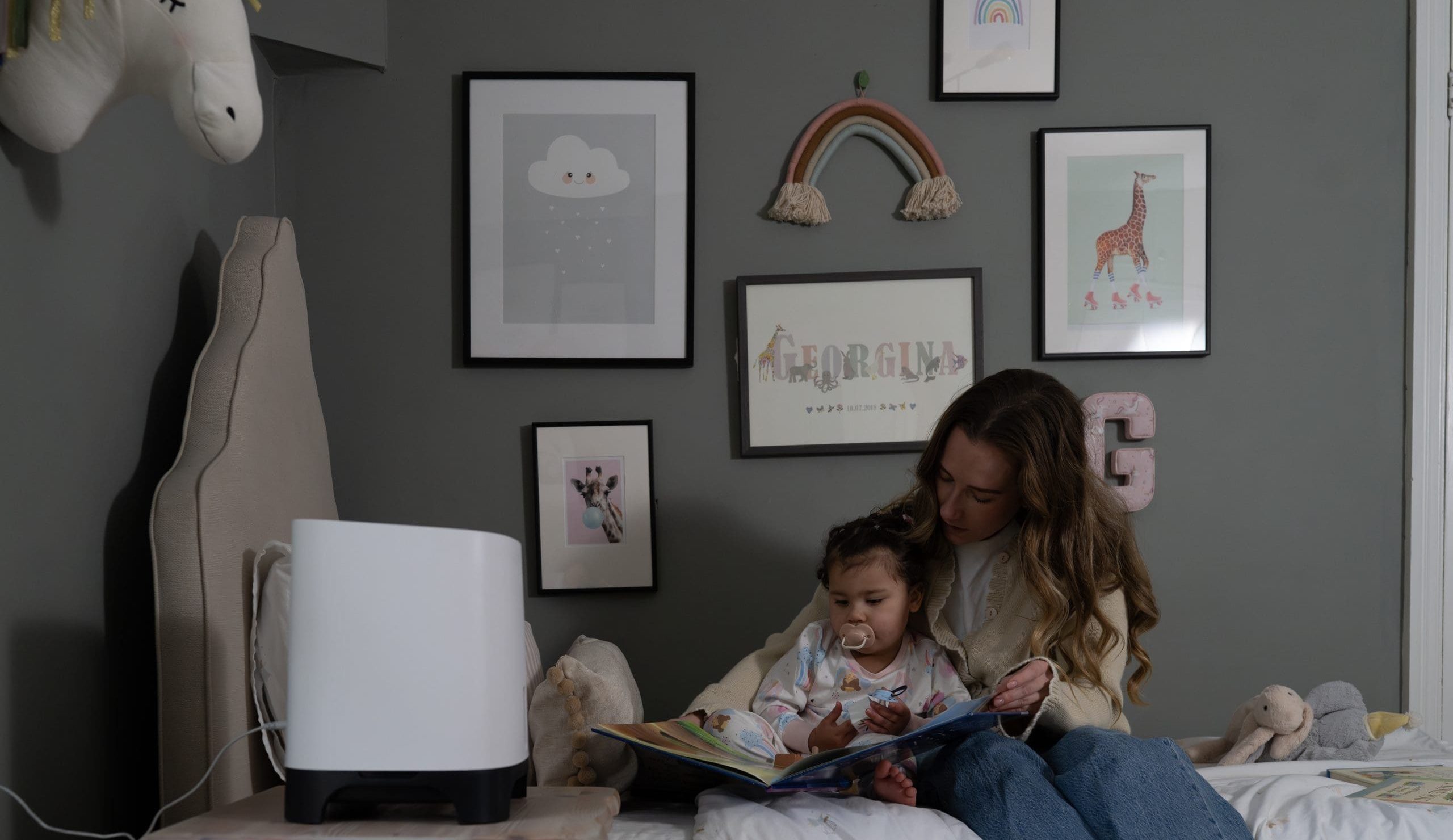Specialist environments like museums, galleries, restoration rooms and archives need to ensure that both temperature and humidity are kept at consistent levels in order to protect artefacts, books, artworks and more. The best way to do this is to use a dehumidifier. For a museum in a particularly old building, for example, a dehumidifier can help to keep an acceptable moisture level and give personnel precise humidity control.
Understanding preservation dehumidifiers for museums
Museums, art galleries and archives all serve the same broad purpose- protecting artefacts for the future. It doesn’t matter whether those artefacts are paper-based, like books and manuscripts, paintings on canvas and other materials or fabric; the collection must be properly cared for and preserved for the benefit of the visiting public, academic study and general preservation.
These collections are often stored in places that suffer from high relative humidities, so humidity control and moisture level control is critical to preservation. Most museums have constant humidity monitoring, and collection specialists know exactly what levels are best for the objects in their care.
This protection is called preventative conservation, and it’s an area where we have particular expertise.

Dehumidifiers for art galleries and museum conservation
Preventive Conservation is a process that seeks to prevent, reduce or mitigate the effect of all the factors that threaten to reduce an object’s lifespan. It requires an all-embracing approach – a constant assessment of how collections are stored, handled, displayed and maintained.
Deterioration is a continuous, natural process. It can, however, be slowed; indeed, science has suggested ways in which the natural lifespan of most museum objects can be extended. Many of these techniques are based on common-sense and good housekeeping. Using preservation dehumidifiers to prevent high relative humidities helps to maintain the preservation quality in museums and art galleries.
The effect of poor humidity levels
Humidity monitoring is important to avoid the deterioration of materials. This might include mould and fungus growth on wood, textiles, bone, leather and paper. Or it might cause corrosion or tarnish on polished surfaces. All this is extremely detrimental to artefacts of all types.
The actual level of relative humidity varies between objects, with each type of material being given an acceptable band. The trick is then to group objects together in the same space that fall within the same band and then maintain the relative humidity so that it stays within that criteria.
So for example paintings on canvas have an acceptable band of 40-55%rh and textiles (especially silk and wool) have a band of 30 – 50%rh. If you were looking to store or display such items together then you would aim for a band of 40 – 50%rh so that the relative humidity is acceptable to both types of objects.
Choosing a museum dehumidifier

With all of these different relative humidity set points you can see how a variable humidistat is so important to a museum. A humidistat is similar to a thermostat for a radiator and measures humidity levels in a given area.
If the dehumidifier is being used in a storage facility then you need to consider both temperature and humidity, as storage areas tend to be colder than gallery spaces.
Traditional dehumidifiers use a compressor and are basically a fridge with a fan and as such most are less efficient below 15°C. Below this temperature desiccant dehumidifiers normally offer a far greater performance and are normally the recommended solution. Museum dehumidifiers like the Meaco DD8L are often to be found in storage areas for this reason.
The Meaco 20L Low Energy Dehumidifier and the Meaco 25L Low Energy Dehumidryer offer compressor based solutions with better humidistats for use in all museum, art and archive applications, even at low temperature. The 25L Low Energy also has a unique Auto Mode designed with museums in mind that constantly regulates the dehumidifier’s performance to provide reliable humidity control. Browse our dehumidifier collection.
Other features you should look for when choosing a dehumidifier for a museum include the ability to drain the water away continuously, auto restart so that after a power cut it turns back on in the same mode, and a large tank to collect the water in if continuous drainage is not possible.
Better dehumidifiers for a museum or archive setting
Our company started out in the museum, archive and art galleries sector. That means that we have an in-depth understanding of climate control, humidity levels and artefact preservation. It makes us ideal for advice on choosing a dehumidifier for a museum, for art galleries, for archives and for restoration spaces.
In fact, our experience in this sector has helped us build our range of commercial and domestic dehumidifiers – the Auto-Restart that we first incorporated for museums is popular with boat owners, classic car enthusiasts and caravan owners. The humidistat options that were provided in our dehumidifiers for museums form the basis of our energy saving features on the DD8L/Junior and Low Energy models. The knowledge that we have built up about how large an area a dehumidifier can control all stems back to those early days working alongside expert teams in British museums.
(The information on the acceptable limits within museums has been taken from the worked that was complied by Fergus Read in 1994 and has been hosted on the Meaco website for conservators ever since. Available on request.)
Products featured: Meaco 25L Low Energy Dehumidryer , Meaco DD8L. Browse all dehumidifiers.






